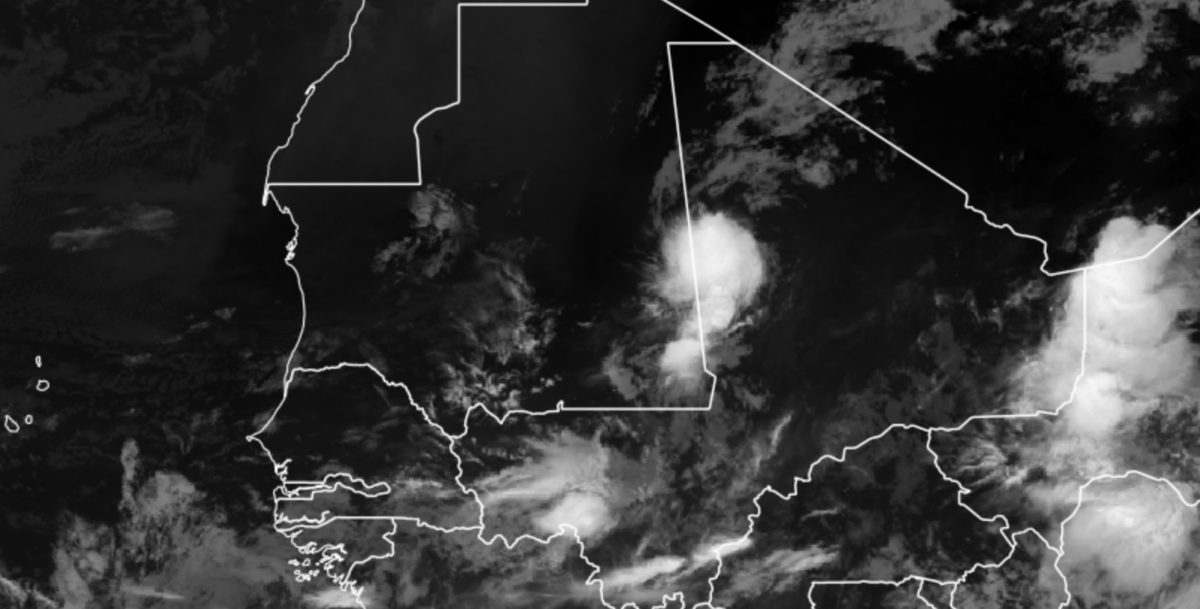A few weeks after the brutal killing of George Floyd, a reporter from the Washington Post contacted me as she was putting together a story on Climate change and Racism. She took a few of the lines that I sent her by email. Here is the full text that was sent. ON JUNE 7, 2020.
“Hi Sarah. Yes, the situation is very exhausting but I have been very happy to see young people in particular protest to the injustice. These same young people and their children are going to face a warmer climate, more extremes and disruptions to their daily lives from climate change. “
I teach a Freshman Seminar course called Climate Change, Climate Justice and Frontline communities. In this course, I discuss how we got here, the role of past injustices and why frontline communities continue to grow. A couple of quick points
1.) Racism is inexorably climate change. This began more than four centuries ago when black people were forcibly removed from the continent to work and die as slaves. Much of the revenue from this free labor went to elevate Europe and the United States and provided the recourses for the industrial revolution. Even after Slavery was abolished, the removal of resources from Africa, provided the raw materials for the Industrial revolution. For example, rubber, peanut oil and palm oil was needed for the machinery in the 1800s in France, Britain, and other location. Slavery led to chaos in Africa, which human capacity and materials extracted and, ultimately it is the poverty that we see today. The extraction of fossil fuels and other mineral resources in Africa promotes environmental devastation for the people who live near these sites, and often the benefits are not realized by the average person. Ultimately, the extractive process puts more CO2 into the atmosphere.
2.) Communities of color do not have the capacity to offset climate change. The inequity that has been created is realized when we discuss environmental justice, where dumpsites, power plants, highways, and other pollution sources are created without concern or input from communities of color. This situation has worsened under the Trump administration.
3. Globally the future is dim around climate change. When natural disasters such as floods or tropical cyclones strike communities of color, the impacts are longer-lasting, and resilience is questionable because of inequity. Unless inequity is addressed now, future impacts from climate change will disable many communities of color.
4. The education system has failed people of color. In the geosciences, typically less than 5 % of the field is African American. This inequity is not related to the fact that black students are not interested in geoscience or climate sciences, but there are severe issues of access to higher education. The racism associated with migration in the north or limited funding to public education in the south has destabilized education. Black students from certain locations, such as my neighborhood in Philadelphia, may have limited access to science and math courses needed for college and are unlikely to have role models who can offset these differences. These students need space to develop their ideas and to be inspired. Even if these students making it the university, they are not likely to find black faculty members to support thoughts, goals, and aspirations. Consequently, the pipeline narrows more and more due to racism.
5. Universities in the US and around the world do not provide the necessary knowledge or services needed to support communities that will be impacted by climate change. Critical and important knowledge from university researchers is directed toward journals that may not be able to warn or apply critical knowledge to communities of color in a reasonable time or at a level where impacts can be easily understood. Furthermore, the current review system of journals and funding makes it more likely that the work of people of color could be rejected or not funded, potentially removing important knowledge from the discipline.
6. There are no historically black colleges or universities (HBCUs) in the united states that have a climate science program. HBCUs provide a nurturing environment for young scholars to thrive without dealing with the inherent racism in many pubic institutions. HBCUs have the possibility of understanding how black communities will be impacted because of vested interest. The research undertaken by these departments or programs, if they existed, would likely have a different focus on climate sciences. They would need to focus on the physical and human dimensions of climate change. If this trend continues to exist, the efforts will be left to individual scientists or pubic institutions that may not have a vested interest in the community outside of publications and funding opportunities.
7. Globally, there are large disparities in the observations of the environment. My work focuses on West Africa, and at present, we do not have enough ground observations to determine trends linked to climate change, coastlines are not monitored to understand rising sea levels, air pollution levels are not known, impacts from flooding or heat waves are known. Ultimately, we cannot protect vulnerable populations in Africa or its diaspora from the hazards of today or tomorrow.
All Black Lives Matter.



